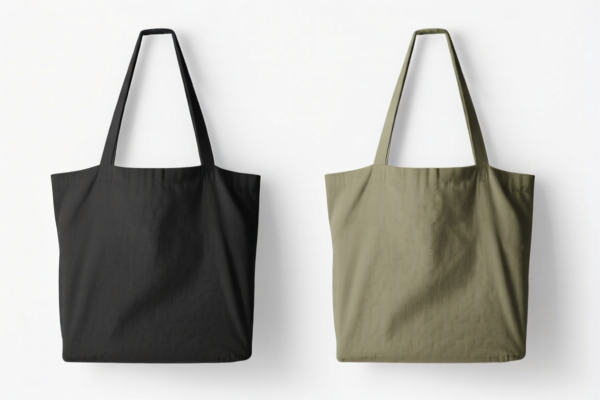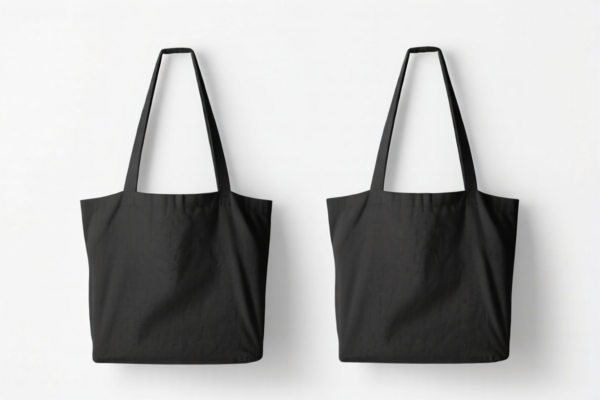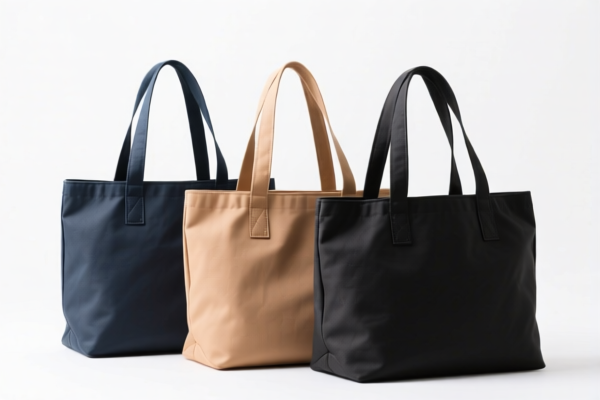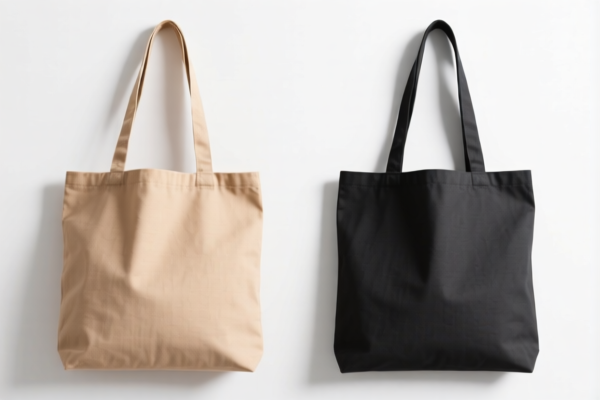| HS Code | Official Doc | Tariff Rate | Origin | Destination | Effective Date |
|---|---|---|---|---|---|
| 4819400020 | Doc | 55.0% | CN | US | 2025-05-12 |
| 4819400040 | Doc | 55.0% | CN | US | 2025-05-12 |
| 4823908000 | Doc | 55.0% | CN | US | 2025-05-12 |
| 4823907000 | Doc | 55.0% | CN | US | 2025-05-12 |
| 3923210085 | Doc | 58.0% | CN | US | 2025-05-12 |
| 3923210095 | Doc | 58.0% | CN | US | 2025-05-12 |
| 3919905060 | Doc | 60.8% | CN | US | 2025-05-12 |
| 3919901000 | Doc | 61.5% | CN | US | 2025-05-12 |
| 4016990300 | Doc | 58.0% | CN | US | 2025-05-12 |
| 4008198000 | Doc | 58.3% | CN | US | 2025-05-12 |
| 4008294000 | Doc | 57.9% | CN | US | 2025-05-12 |
| 4202999000 | Doc | 75.0% | CN | US | 2025-05-12 |
| 4202929100 | Doc | 72.6% | CN | US | 2025-05-12 |




Bread Bags
Bread bags are flexible packaging primarily used for the containment and preservation of bread and baked goods. They are typically constructed from plastic films, though increasingly, more sustainable materials are utilized.
Material
- Polyethylene (PE): The most common material due to its low cost, flexibility, and good moisture resistance. Low-Density Polyethylene (LDPE) and Linear Low-Density Polyethylene (LLDPE) are frequently used.
- Polypropylene (PP): Offers higher temperature resistance than PE, suitable for packaging warm baked goods. Also provides good clarity.
- Bio-based Plastics: Derived from renewable resources like cornstarch or sugarcane. Examples include PLA (Polylactic Acid) and PHA (Polyhydroxyalkanoates). These are compostable under specific conditions.
- Paper: Often used for artisan breads, frequently with a polyethylene or wax lining for moisture barrier.
- Cellophane: A transparent film made from regenerated cellulose. Less common now due to cost and moisture permeability.
Purpose
The primary purpose of a bread bag is to:
- Maintain Freshness: Prevent staling by controlling moisture loss and exposure to air.
- Protection: Shield bread from physical damage during handling and transportation.
- Containment: Securely hold bread slices or loaves.
- Freezing: Facilitate long-term storage by preventing freezer burn.
Function
Bread bags function by creating a barrier against:
- Moisture Loss: Bread stales when it loses moisture. The bag slows down this process.
- Oxygen: Exposure to oxygen contributes to mold growth and oxidation of fats.
- Contaminants: Protects bread from dust, dirt, and other environmental factors.
- Physical Damage: Prevents crushing or tearing of the bread.
Usage Scenarios
- Retail Packaging: Used by bakeries and supermarkets to package bread for sale.
- Home Storage: Used by consumers to store purchased or homemade bread.
- Freezing Bread: Protecting bread during long-term frozen storage.
- Artisan Bakeries: Often employing paper bags with a window for display.
- Sandwich Bags: Smaller bread bags are used for individual portions or sandwiches.
Common Types
- Standard Polyethylene Bags: The most widely used type, available in various sizes and thicknesses. Often with a twist tie or adhesive closure.
- Self-Sealing Bags: Feature a resealable zipper or adhesive strip for easy closure.
- Paper Bags: Typically used for artisan breads, often with a wax or polyethylene lining.
- Compostable Bags: Made from bio-based plastics, designed to break down in commercial composting facilities.
- Stand-Up Pouches: Offer better display and stability, often used for specialty breads.
- Bread Wraps: Reusable fabric bags, often coated with beeswax or other natural materials.
- Twist Tie Bags: Traditional bags secured with a plastic or paper twist tie.
Bread bags typically function as containers for food packaging, specifically designed to hold bread and similar baked goods. They are commonly made from plastic films, paper, or a combination of materials to maintain freshness and prevent spoilage.
Here are relevant HS codes based on the provided reference material:
-
3923210085: Articles for the conveyance or packing of goods, of plastics; stoppers, lids, caps and other closures, of plastics: Sacks and bags (including cones): Of polymers of ethylene Reclosable, with integral extruded closure: Polyethylene retail carrier bags (PRCBs) with handles (including drawstrings), with no length or width shorter than 6 inches (152.4 mm) or longer than 40 inches (1,016 mm). This code applies to polyethylene bags used for retail packaging, potentially including bread bags if they meet the size and closure specifications.
- 39: Plastics and articles thereof.
- 23: Plastics packing articles, including stoppers, lids, caps and other closures.
- 21: Sacks and bags (including cones).
- 0085: Reclosable, with integral extruded closure: Polyethylene retail carrier bags (PRCBs) with handles (including drawstrings), with no length or width shorter than 6 inches (152.4 mm) or longer than 40 inches (1,016 mm).
-
3923210095: Articles for the conveyance or packing of goods, of plastics; stoppers, lids, caps and other closures, of plastics: Sacks and bags (including cones): Of polymers of ethylene Other. This code covers other polyethylene sacks and bags not specifically defined in HS code 3923210085, which could include bread bags.
- 39: Plastics and articles thereof.
- 23: Plastics packing articles, including stoppers, lids, caps and other closures.
- 21: Sacks and bags (including cones).
- 0095: Other.
-
4819400020: Cartons, boxes, cases, bags and other packing containers, of paper, paperboard, cellulose wadding or webs of cellulose fibers; box files, letter trays and similar articles, of paper or paperboard of a kind used in offices, shops or the like: Other sacks and bags, including cones Shipping sacks and multiwall bags, other than grocers' bags. This code applies to paper-based sacks and bags used for packaging, potentially including bread bags if they are made of paper.
- 48: Paper and paperboard; articles of paper pulp, paper, paperboard, cellulose wadding or webs of cellulose fibers.
- 19: Cartons, boxes, cases, bags and other packing containers.
- 40: Other sacks and bags, including cones Shipping sacks and multiwall bags, other than grocers' bags.
- 0020: Other.
-
4819400040: Cartons, boxes, cases, bags and other packing containers, of paper, paperboard, cellulose wadding or webs of cellulose fibers; box files, letter trays and similar articles, of paper or paperboard of a kind used in offices, shops or the like: Other sacks and bags, including cones Other. This code covers other paper-based sacks and bags not specifically defined in HS code 4819400020, which could include bread bags.
- 48: Paper and paperboard; articles of paper pulp, paper, paperboard, cellulose wadding or webs of cellulose fibers.
- 19: Cartons, boxes, cases, bags and other packing containers.
- 40: Other sacks and bags, including cones Other.
- 0040: Other.
Tax Rate Information:
The tax rate for HS codes 4819400020 and 4819400040 is a base tariff of 0.0%, an additional tariff of 25.0%, and an additional tariff of 30.0% after April 2, 2025, resulting in a total tariff of 55.0%.
The tax rate for HS codes 3923210085 and 3923210095 is a base tariff of 3.0%, an additional tariff of 25.0%, and an additional tariff of 30.0% after April 2, 2025, resulting in a total tariff of 58.0%.
Important Note: The correct HS code classification depends on the material composition and specific characteristics of the bread bags. It is recommended to verify the material and confirm the appropriate code with customs authorities.
Customer Reviews
No reviews yet.